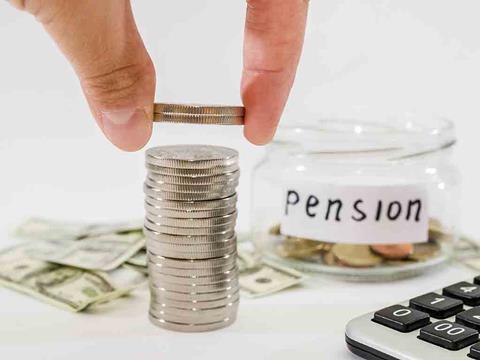
The new pensions minister, Torsten Bell, has announced that auto-enrolment thresholds will remain frozen for 2025/26.
In a written statement published this week, Bell said that the automatic enrolment earnings trigger will stay at £10,000, which represents a real terms decrease in the value of the trigger.
The lower earnings limit of the qualifying earnings band is set to remain at £6,240, while the upper earnings limit will be kept at £50,270. As earnings continue to rise, Bell stated that keeping the earnings trigger at this level will see private sector pension participation increase to 15.7 million and total annual contributions reach £89.8 billion.
The statement said: “The decision reflects the key balance that needs to be struck between affordability for employers and individuals, and the policy objective of giving those who are most able to save the opportunity to accrue a meaningful level of retirement savings. It provides consistency of messaging for both employers and individuals. In the longer term, the government is committed to reviewing the pensions’ landscape and the long-term steps it can take to improve pension outcomes, including the level of savings people need to achieve the retirement they want.”
Kate Smith, head of pensions at Aegon, added: “The new pensions minister’s first decision to continue the freeze on auto-enrolment thresholds comes as no surprise, given the economic climate. For five years, the qualifying earnings lower and upper thresholds used to calculate the minimum 8% auto-enrolment contributions have remained at £6,240 and £50,270 a year. Meanwhile, the earnings threshold to qualify for auto-enrolment has been frozen at £10,000 a year for over a decade.
“We had hoped that the government would begin implementing the 2017 auto-enrolment reforms by gradually reducing and eventually removing the £6,240 annual salary offset so pension contributions are made from the first pound. But there is an upside to the continued freeze. As salaries rise, this means that many employees will be saving more in a pension, and automatically benefiting from a higher employer pension contribution, which is good news for their financial future.”











